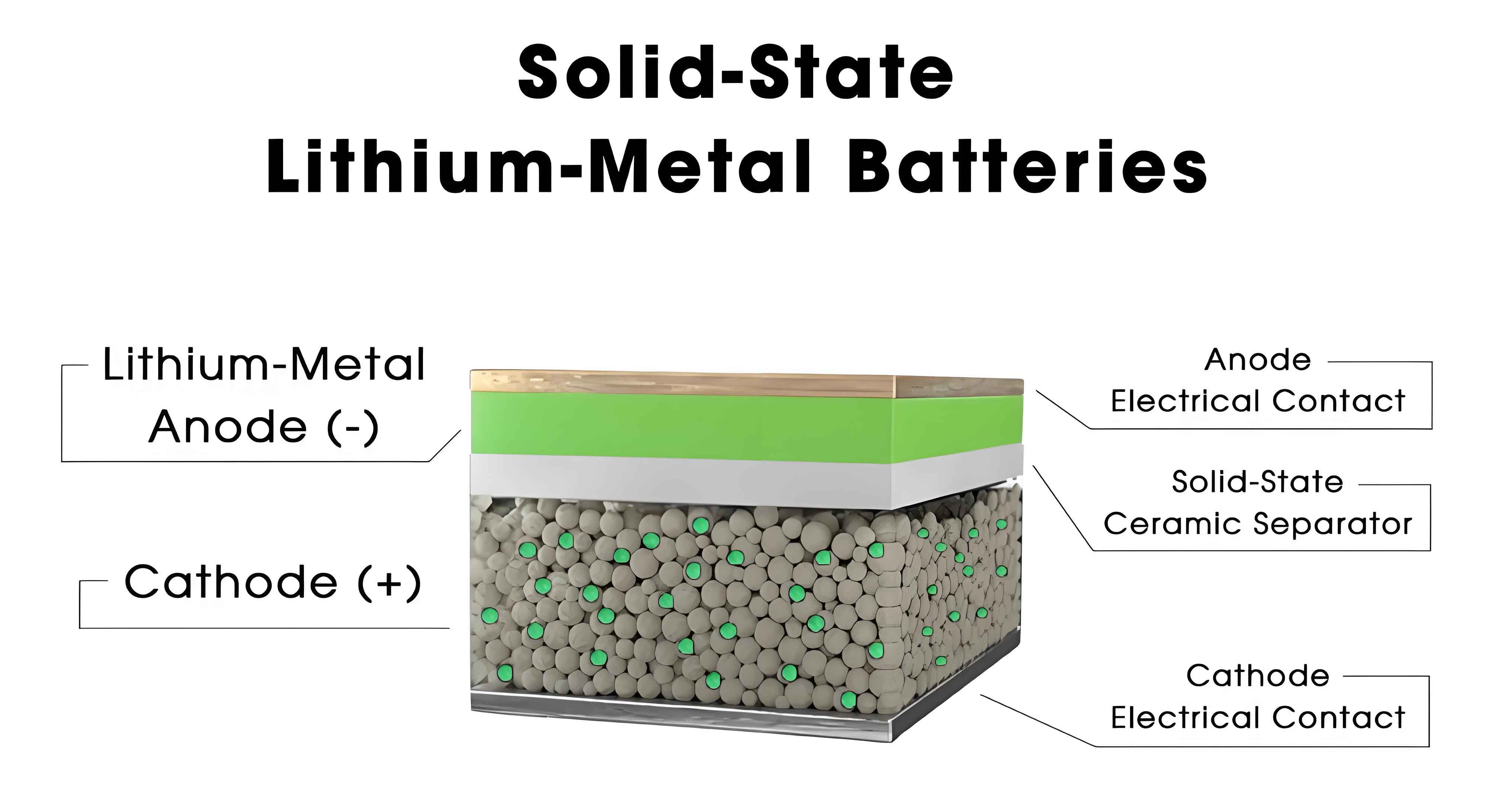As a researcher specializing in energy storage systems, I have conducted an in-depth analysis of thermal runaway mechanisms and mitigation strategies for lithium ion batteries, leveraging patent databases, academic literature, and technical reports. This article synthesizes critical findings on the challenges, innovations, and future directions in thermal runaway prevention, emphasizing the role of intellectual property and technological advancements.

1. Thermal Runaway Mechanisms in Lithium Ion Batteries
Lithium ion batteries are prone to thermal runaway—a catastrophic failure mode characterized by uncontrolled temperature rise, gas emission, and potential combustion. The phenomenon arises from exothermic chain reactions within the battery, triggered by internal or external factors. Key reactions include:
- SEI Layer Decomposition: At temperatures >80°C, the solid-electrolyte interphase (SEI) decomposes, exposing the anode to electrolyte reactions.
- Electrolyte Decomposition: At ~190°C, separator meltdown induces internal short circuits, accelerating heat generation.
- Cathode Decomposition: Transition metal oxides (e.g., NMC, LFP) release oxygen, fueling combustion.
The energy density of lithium ion batteries exacerbates these risks. For instance, ternary (NMC/NCA) batteries exhibit violent combustion, while lithium iron phosphate (LFP) batteries produce dense smoke without open flames.
Thermodynamic Model of Thermal Runaway
The heat generation rate during thermal runaway can be modeled as:dtdQ=i∑ΔHi⋅ri(T)
where ΔHi is the enthalpy change of reaction i, and ri(T) is the temperature-dependent reaction rate.
2. Global Patent Landscape Analysis
2.1 Patent Filing Trends (2010–2023)
A total of 40,315 patents related to lithium ion battery thermal runaway were filed globally by December 2023. China dominates with 21,136 patents (52.4%), followed by South Korea (14.6%), the U.S. (12.5%), and Japan (6.4%).
Table 1: Regional Distribution of Thermal Runaway Patents
| Country | Patents Filed | Share (%) |
|---|---|---|
| China | 21,136 | 52.4 |
| South Korea | 5,895 | 14.6 |
| United States | 5,043 | 12.5 |
| Japan | 2,599 | 6.4 |
The surge in patent filings correlates with the rapid adoption of electric vehicles (EVs) and recurring battery safety incidents. China’s share exceeded 86% of global filings in 2022, reflecting aggressive R&D investments.
2.2 Key Patent Applicants
Top global applicants include LG Chem, CATL, and Samsung SDI, while Chinese leaders are CATL, China FAW, and University of Science and Technology of China.
Table 2: Top 10 Global Patent Applicants
| Rank | Applicant | Patents Filed |
|---|---|---|
| 1 | LG Chem | 1,220 |
| 2 | CATL | 1,150 |
| 3 | Samsung SDI | 980 |
| 4 | Korea Institute of Industrial Technology | 890 |
| 5 | China FAW | 870 |
3. Critical Technologies for Thermal Runaway Mitigation
3.1 Early Warning Systems
3.1.1 Feature Parameter Monitoring
Key parameters for thermal runaway detection include:
- Battery State: Voltage, current, temperature, SOC, SOH.
- Gas Emissions: CO₂, H₂, C₂H₄, and volatile organic compounds (VOCs).
Table 3: Parameter Sensitivity by Battery Chemistry
| Battery Type | Dominant Parameters |
|---|---|
| NMC/NCA | Voltage drop, temperature spike |
| LFP | Gas pressure, smoke density |
For example, CATL’s patent CN108428820A integrates voltage, temperature, and swelling force measurements to detect early-stage anomalies.
3.1.2 Machine Learning-Based Predictive Models
Advanced algorithms improve prediction accuracy by analyzing multi-dimensional data. A hybrid model combining **Random Forest (RF) and Support Vector Machines (SVM)** achieves 92% precision:Pthermal=RF(X)→SVM(Y)
where X is the feature matrix (voltage, temperature, gas concentration), and Y is the classification output.
3.2 Protection Strategies
3.2.1 Cell-Level Safety Designs
- Prismatic Cells: Pressure relief valves, flip-top lids (e.g., CATL’s CN108428820A).
- Cylindrical Cells: Dual-vent designs with piston-controlled gas release (Sunwoda’s CN117028628A).
- Pouch Cells: Integrated fire suppressants (LG Chem’s CN110073517A).
3.2.2 System-Level Mitigation
- Thermal Barriers: Phase-change materials (PCMs) absorb excess heat.
- Liquid Nitrogen Cooling: Rapid temperature suppression (China FAW’s CN114976310A).
- Modular Isolation: Segmented battery packs limit thermal propagation.
Table 4: Protection Efficacy by Strategy
| Strategy | Response Time (s) | Cost Index |
|---|---|---|
| Pressure Relief Valves | 2–5 | Low |
| Liquid Nitrogen | <1 | High |
| Machine Learning Alerts | 10–30 | Medium |
4. Future Directions
- Multi-Parameter Fusion: Integrate mechanical swelling, acoustic emissions, and gas spectroscopy.
- AI-Driven Digital Twins: Simulate thermal runaway scenarios using real-time data.
- Solid-State Batteries: Inherent safety from non-flammable electrolytes.
The evolution of lithium ion battery safety hinges on interdisciplinary innovation, spanning materials science, control systems, and AI. As global EV adoption accelerates, addressing thermal runaway remains a cornerstone of sustainable energy storage.
